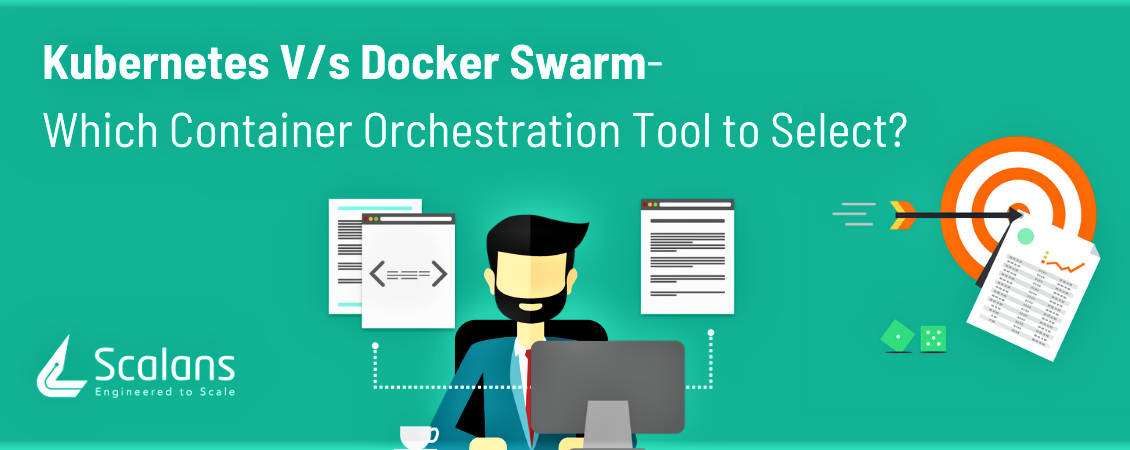
Kubernetes V/s Docker Swarm- Which Container Orchestration Tool to Select?
Containerization technologies are increasingly becoming popular and are fastly replacing VMs for app code deployment.
And, the preference for container orchestration tools like Kubernetes and Docker Swarm is also growing rapidly.
A Google-driven open-source system that has a strong user and developer community, Kubernetes efficiently automates deployment, management and scaling of containerized apps.
Docker Swarm, also an open-source platform, is the native extension of Docker and is used for clustering, monitoring and management of containers.
This article sheds light into the various features of Kubernetes and Docker Swarm by comparing both the technologies on five main parameters.
- Ease of Installation
Kubernetes installation is complex and time-consuming, and differs between operating systems and providers. Information like node IP addresses and node roles have to be known in advance before installation.
Docker Swarm is quite easy to install; only a single set of tools is needed via Docker CLI. All that is required is to instruct a node (a machine) to join the cluster (series of nodes).
- Load Balancing
Manual configuration is required to facilitate load balancing in Kubernetes. For this, container pods have to be defined as services. This allows the setting up of load balancer pods.
In Docker Swarm, there is an in-built feature that enables automated load balancing. Containers in a single cluster form a network and can easily connect with nodes thus, container workloads are efficiently managed.
- Scalability
Kubernetes is a complex system with many sets of APIs and a strong focus on the cluster state. This deteriorates the pace of scalability, but it has robust auto-scaling capabilities.
In Docker Swarm, deployment of containers is really faster; even for large clusters, thus ensuring quicker response time and increased scalability. However, auto-scaling for the application is not directly available.
- Logging & Monitoring
Kubernetes has in-built logging and monitoring tools for scanning and debugging system failures and for scrutinizing the health of containerized nodes.
On the other hand, Docker Swarm employs third-party tools for logging and monitoring as it lacks in-built tools for the same. ELK stack (for logging) and Reimann (for monitoring) are mainly used.
- Service Discovery
For service discovery, Kubernetes utilizes manually defined container services and etcd, a distributed key-value store. Services are accessed via DNS or environment variables.
Overlay cluster networking in Docker Swarm greatly helps in smooth discovery of services. Each service is given a distinctive DNS name by the Swarm Manager and the DNS server load balances the services requests to respective containers.
Conclusion
To choose between Kubernetes and Docker Swarm is dependent on your project requirements. As an app development company, we suggest you select Kubernetes if you are building a complex app, and if it is a simple basic app, then Docker Swarm is the best fit.



